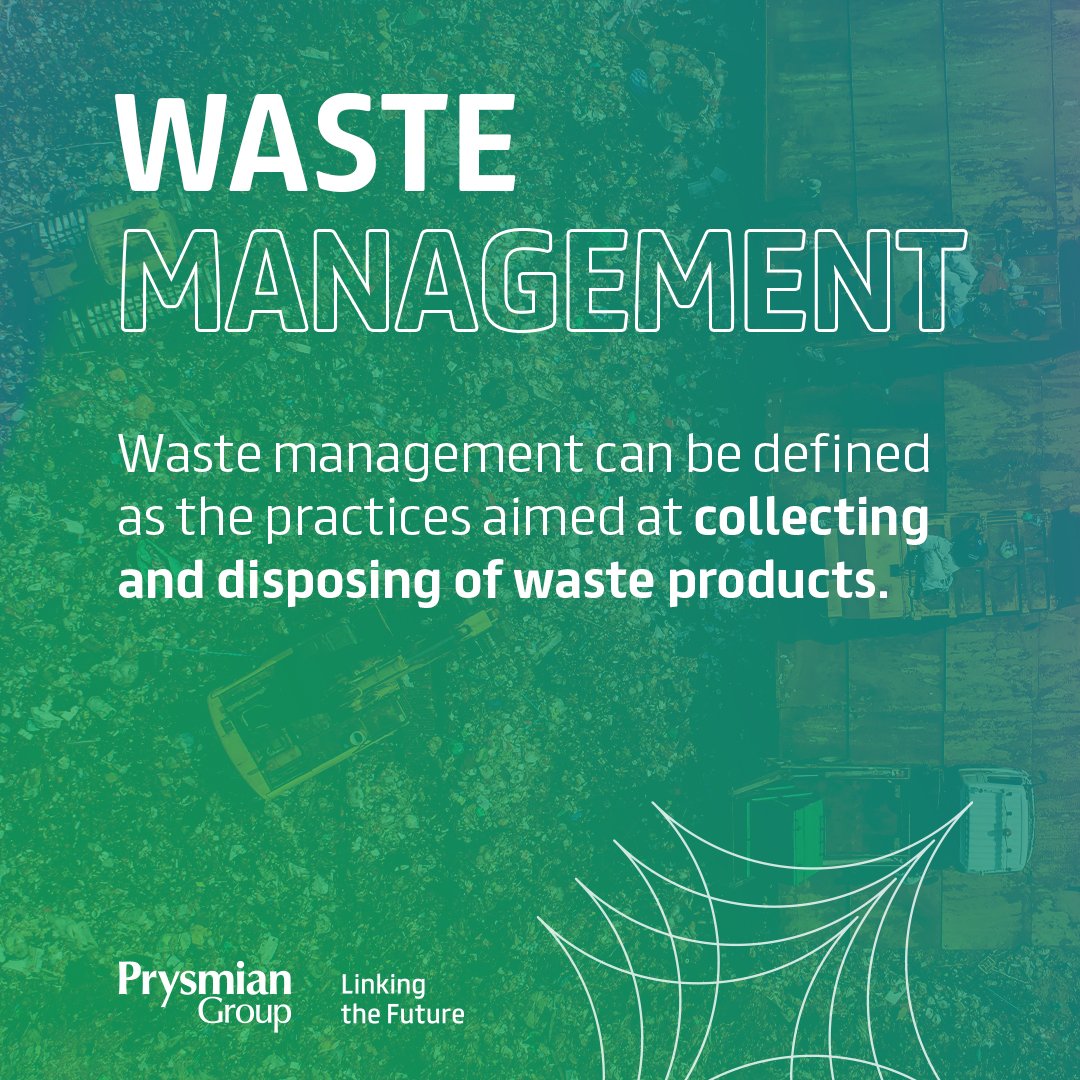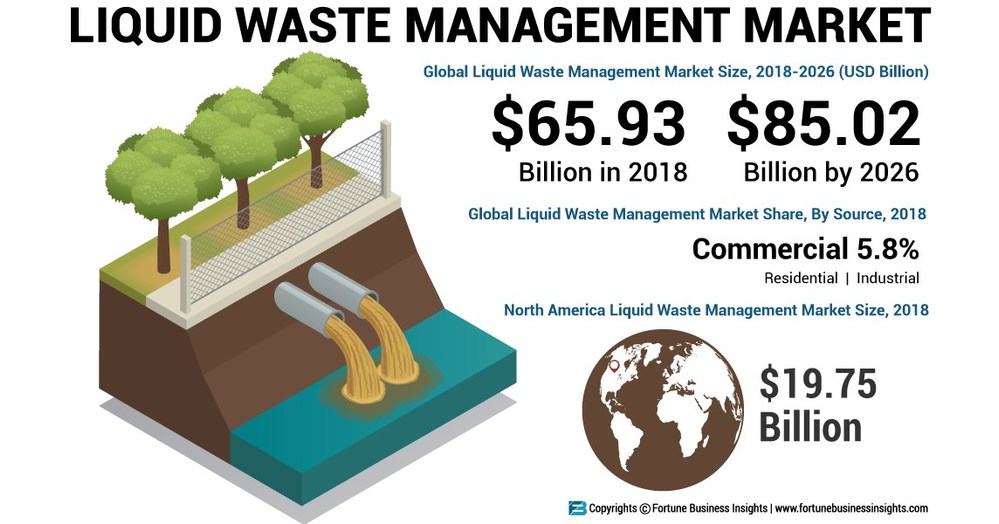Some Ideas on Reclaim Waste You Need To Know
Some Ideas on Reclaim Waste You Need To Know
Blog Article
The Buzz on Reclaim Waste
Table of ContentsThe Basic Principles Of Reclaim Waste Fascination About Reclaim WasteThe 10-Minute Rule for Reclaim WasteThe Best Strategy To Use For Reclaim WasteThe Facts About Reclaim Waste Uncovered
Domestic sewage waste refers to the waste and items from a residential septic storage tank. The correct administration and disposal of residential sewer waste require fluid waste to be moved to a sewage treatment plant where the appropriate approaches and tools are used to purify and dispose of waste.
Industrial waste usually includes prospective dangers, such as combustible materials or a mixture of liquid and solid waste items, and requires an advanced and thorough disposal process. The disposal of industrial waste normally entails the filtration of waste before transportation to make sure secure and correct disposal. Industrial waste is created from by-products and overflow of commercial procedures and manufacturing.
This sort of waste can not make use of the very same sewer management transportation or procedures as septic or commercial fluids. The hazardous waste monitoring procedure calls for the inspection and testing of fluid waste prior to it undertakes the disposal procedure (industrial wastewater treatment). Drainage waste is the fluid waste that originates from overflow and excess stormwater in extremely inhabited areas or cities
Runoff waste can cause contamination and flooding if not handled effectively. Discover more regarding sewer cleansing and waste monitoring. Making certain correct waste monitoring can stop catastrophes and decrease environmental injury. Both people in property settings and specialists in business or production industries can profit from comprehending the processes and regulations of fluid waste administration.
Some Known Facts About Reclaim Waste.
Call PROS Solutions today to learn more about our waste administration and disposal solutions and the proper means to care for the liquid waste you create.
(https://padlet.com/leonaube33101/reclaim-waste-hw71hge954tsaxnp)Do you understand what happens to your water when you draw the plug, flush the commode or drain the cleaning maker? No? Well, it's worth recognizing. This so-called 'wastewater' is not just an important source yet, after treatment, will certainly be released to our land, rivers or the ocean. Made use of water from toilets, showers, baths, kitchen sinks, laundries and industrial processes is understood as wastewater.

water used to cool down machinery or clean plant and tools). Stormwater, a form of wastewater, is overflow that moves from agricultural and metropolitan locations such as roofs, parks, yards, roads, courses and gutters into stormwater drains pipes, after rain. Stormwater streams unattended straight to neighborhood creeks or rivers, ultimately getting to the sea.
What Does Reclaim Waste Mean?
In Queensland, a lot of wastewater is treated at sewage therapy plants. Wastewater is transported from residential or commercial websites through a system of sewers and pump terminals, recognized as sewerage reticulation, to a sewage therapy plant.
The Division of Natural Resources encourages city governments concerning handling, operating and preserving sewerage systems and therapy plants. In unsewered areas, local federal governments might need householders to install specific or house sewer treatment systems to deal with residential wastewater from commodes, cooking areas, bathrooms and washings. The Department of Natural Resources authorises using household systems when they are proven to be reliable.
A lot of stormwater gets no therapy. In some brand-new neighborhoods, therapy of some stormwater to eliminate litter, sand and crushed rock has started using gross toxin traps. Wastewater therapy happens in 4 stages: Gets rid of solid issue. Larger solids, such as plastics and various other items mistakenly discharged to sewage systems, are eliminated when wastewater is gone through displays.
Wastewater then streams right into large storage tanks where solids resolve and are eliminated as sludge. Oil and scum are skimmed from the surface. Makes use of small living microorganisms called micro-organisms to damage down and get rid of remaining liquified wastes and great bits. Micro-organisms and wastes are integrated in the sludge. Gets rid of nitrogen and phosphorus nutrients that can cause algal flowers in our rivers and intimidate aquatic life.
What Does Reclaim Waste Mean?
Nutrient removal is not available at all sewer therapy plants since it needs expensive specialised tools. Clear fluid effluent created after treatment may still contain disease-causing micro-organisms - industrial wastewater treatment.

Most wastewater moves into the sewerage system. Under the Act, regional governments carry out authorizations and licences for environmentally pertinent activities (Ages) involving wastewater launches that could have a regional effect.
Reclaim Waste for Beginners
Surveillance gives factual information about water quality and can verify that licence conditions are being met. The details gotten via surveillance gives the basis for making water top quality choices.
Report this page